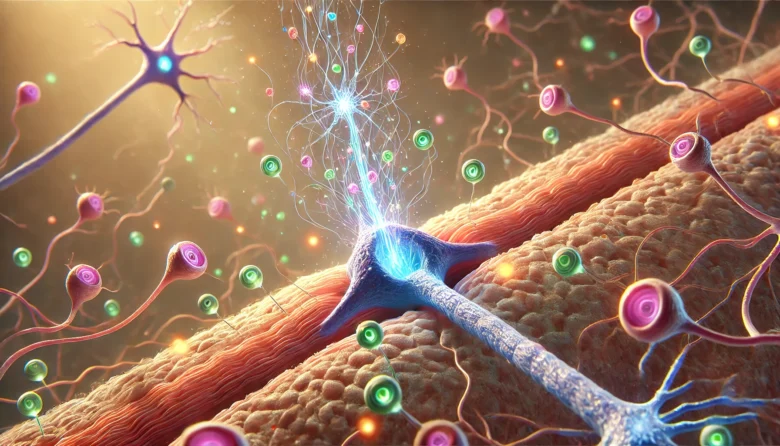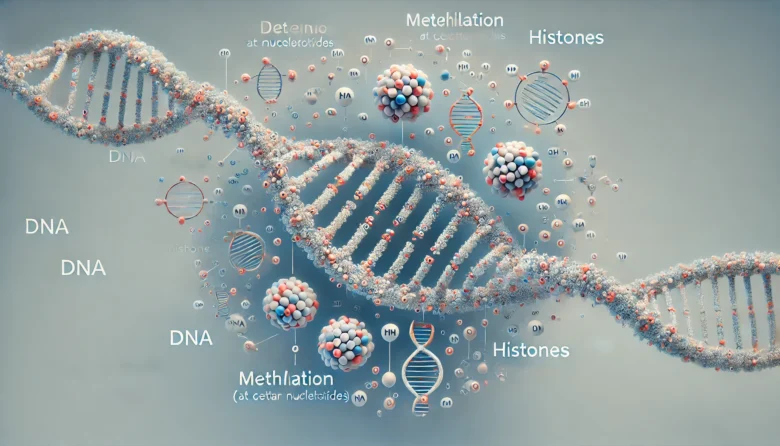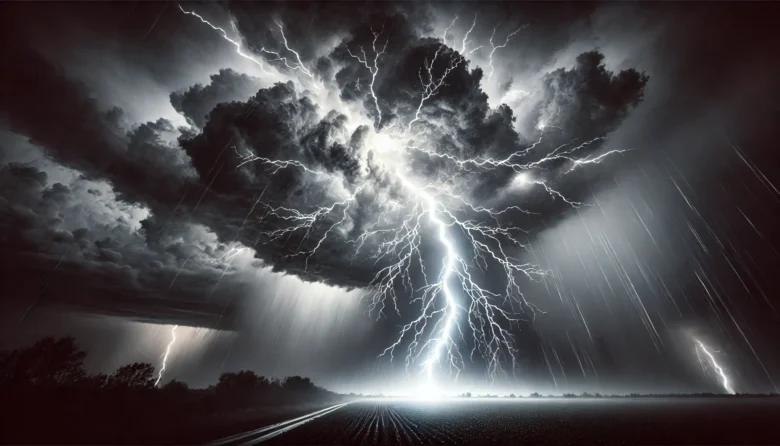Our brains are like a vast control centre, processing information, regulating emotions, and even directing our physical movements. But have you ever wondered how all this happens? The answer lies in the chemistry of neurotransmitters—tiny molecules that act as messengers between the brain’s nerve cells or neurons. In this blog, we’ll explore how neurotransmitters function, …
Have you ever wondered what happens to the human body in space? Beyond the excitement of floating around in microgravity, profound changes occur in our physiology when we leave Earth’s atmosphere. The topic, “The Impact of Microgravity on Human Physiology,” sheds light on the fascinating ways our bodies adapt—or struggle—to adjust to the unique conditions …
Enzymes are the unsung heroes of our bodies, constantly working behind the scenes to keep everything running smoothly. From digesting food to powering cellular functions, these tiny proteins speed up chemical reactions, allowing life as we know it to exist. In this article, we’ll dive into the intriguing world of enzyme chemistry and how these …
Imagine if your genes were like the keys on a piano. Each key holds a unique note (or instruction), but how the music is played—the tempo, dynamics, or whether a note is struck at all—depends on the pianist. In the world of biology, epigenetics is the “pianist” that controls how your genes are expressed. It’s …
Ever wondered how we got here, walking upright, thinking deeply, and communicating in complex languages? The story of human evolution is nothing short of a scientific adventure filled with twists, turns, and discoveries that have shaped who we are today. In this blog, we’ll dive into “The Science of Human Evolution: From Hominids to Homo …
Imagine diving deep into the ocean, where sunlight barely reaches. As the waters darken, suddenly, a flash of light appears—like a shimmering underwater firework. This mesmerizing display is bioluminescence. It’s a natural phenomenon where living organisms produce and emit light. Most commonly found in marine life, bioluminescence is not only fascinating but also highly functional. …
Ever wonder how life evolved from single-celled organisms to the vast biodiversity we see today? The answer lies in genetic mutation and evolution. These two processes are fundamental to the development of all life forms on Earth, shaping everything from the tiniest bacteria to the most complex creatures like humans. In this blog, we’ll dive …
Ever wondered how a simple leaf can capture sunlight and turn it into energy that powers the entire plant? It’s like magic, but it’s not—it’s science! The process is called photosynthesis, and it’s one of the most important chemical reactions on Earth. From the food we eat to the oxygen we breathe, photosynthesis plays a …
When you think of coral reefs, images of vibrant colors, exotic fish, and crystal-clear waters might come to mind. But coral reefs are much more than a beautiful underwater landscape; they are among the most diverse ecosystems on Earth, playing a crucial role in marine biodiversity. Yet, they are facing unprecedented threats due to climate …
Have you ever been startled by the loud crack of thunder after a flash of lightning? It’s one of nature’s most awe-inspiring and powerful displays, yet many of us don’t understand what really happens during a thunderstorm. Lightning and thunder are more than just a dramatic spectacle in the sky — they involve fascinating physical …










